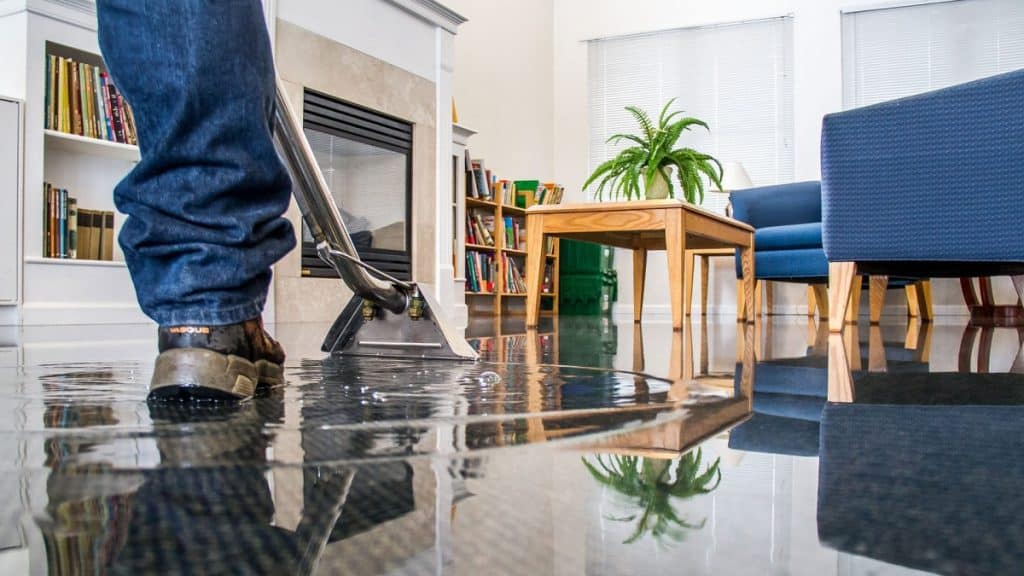Introduction:
Water damage is an all-too-common challenge for homeowners, stemming from leaks, burst pipes, or natural disasters. While some water damage issues can be resolved with a bit of DIY know-how, others may require professional intervention. In this guide, we’ll explore when it’s appropriate to take matters into your own hands and when it’s crucial to call in a professional for effective water damage repair.
Assessing the Situation:
Understanding the Severity:
Begin by assessing the severity of the water damage. Minor leaks or small puddles may be manageable with DIY solutions, while extensive flooding or structural damage demands professional expertise.
Identifying the Source:
Pinpoint the source of the water damage. If it’s a minor leak from a faucet or a small crack in a pipe, it may be within your capabilities to fix. However, if the source is unclear or involves major plumbing issues, it’s time to consider professional help.
DIY Water Damage Repairs:
Quick Response to Minor Leaks:
For minor leaks, such as those under sinks or from appliances, quick action is key. Use sealants or plumber’s tape to address small leaks promptly. Wipe down and thoroughly dry affected areas to prevent mould growth.
Repairing Minor Wall or Ceiling Damage:
Small water stains or minor damage to walls and ceilings can often be repaired with patching compounds and a fresh coat of paint. Ensure that the affected area is thoroughly dried before attempting any repairs.
Dealing with Wet Carpets and Flooring:
If caught early, wet carpets and flooring can be dried using fans and dehumidifiers. Lift carpets and rugs to allow air circulation and use moisture-absorbing materials like baking soda. However, extensive water damage to flooring may require professional attention.
When to Call a Professional:
Structural Damage:
If water damage has compromised the structural integrity of your home, it’s time to call in the professionals. This includes sagging ceilings, warped floors, or visible damage to load-bearing walls.
Extensive Flooding:
Large-scale flooding, whether from a burst pipe or a natural disaster, is beyond the scope of most DIY efforts. Professionals have the equipment and expertise to handle water extraction, thorough drying, and extensive restoration.
Mould Infestation:
If you discover mould growth, especially in hidden or hard-to-reach areas, it’s crucial to seek professional assistance. Mould remediation requires specialised knowledge and equipment to ensure complete eradication.
Electrical Issues:
Water and electricity are a dangerous combination. If water damage has affected electrical systems or outlets, do not attempt DIY repairs. Call a professional to assess and address electrical issues safely.
Conclusion:
While tackling minor water damage issues with DIY solutions can save time and money, it’s essential to recognize the limits of your expertise. For extensive or complex water damage scenarios, involving a professional is not just a wise decision but often a necessity. By understanding when to fix it yourself and when to call a pro, homeowners can navigate the waters of water damage repair more effectively, ensuring a safe and thorough restoration of their living spaces.
